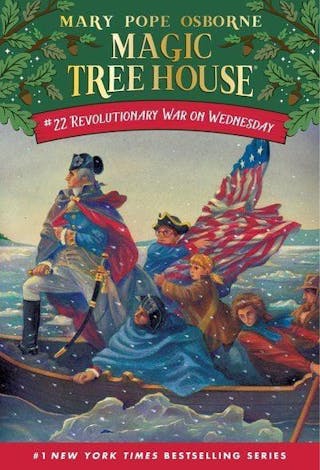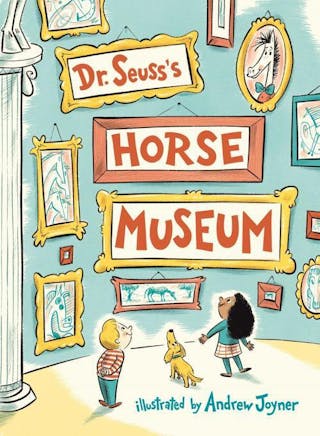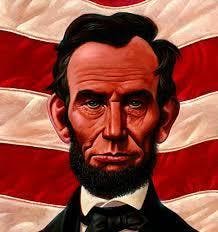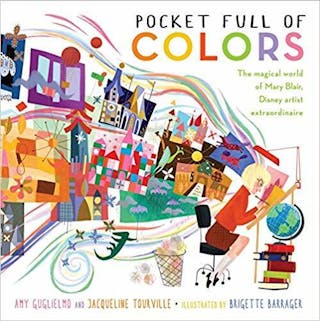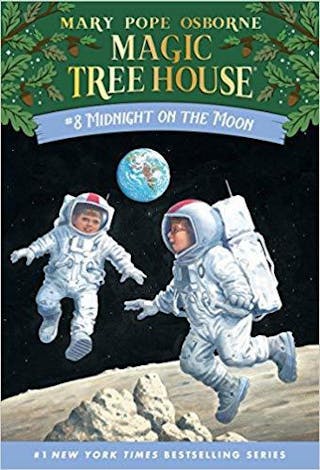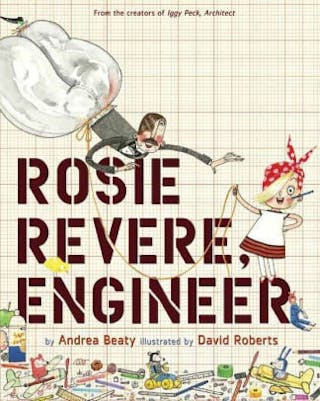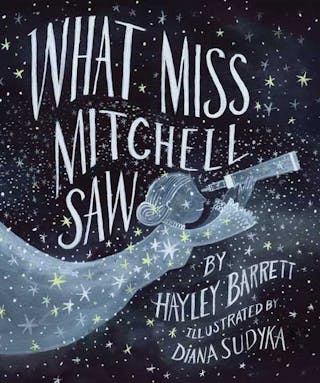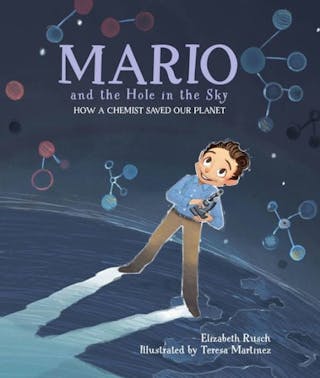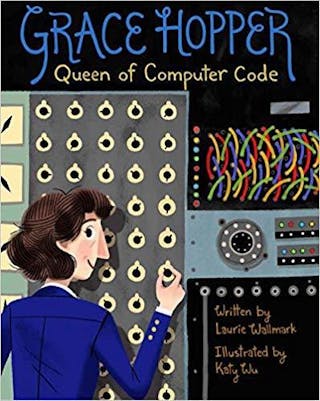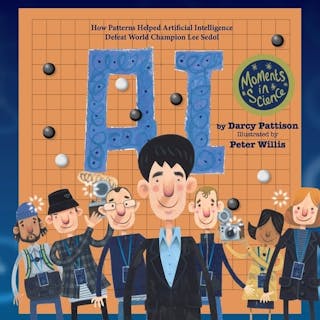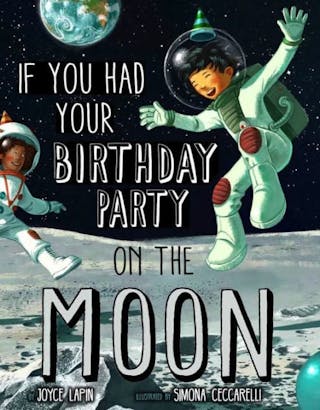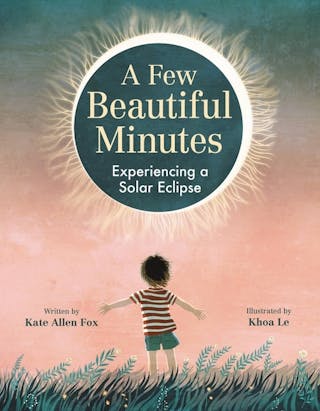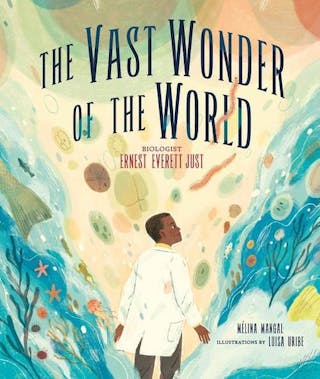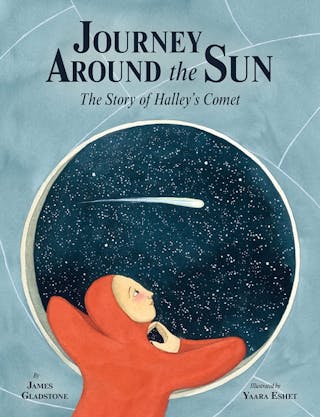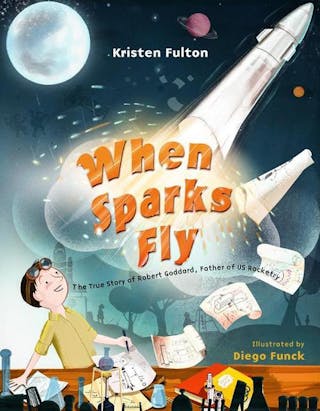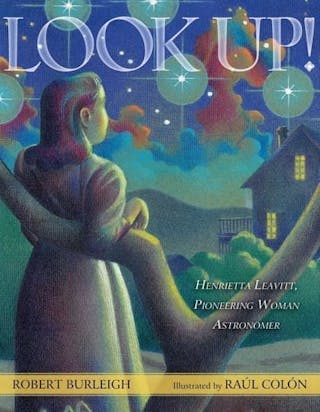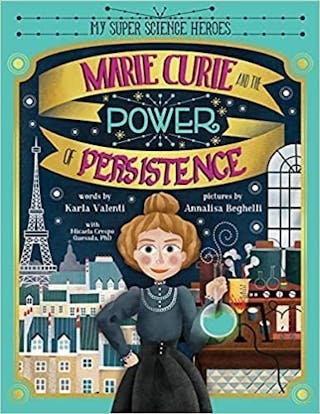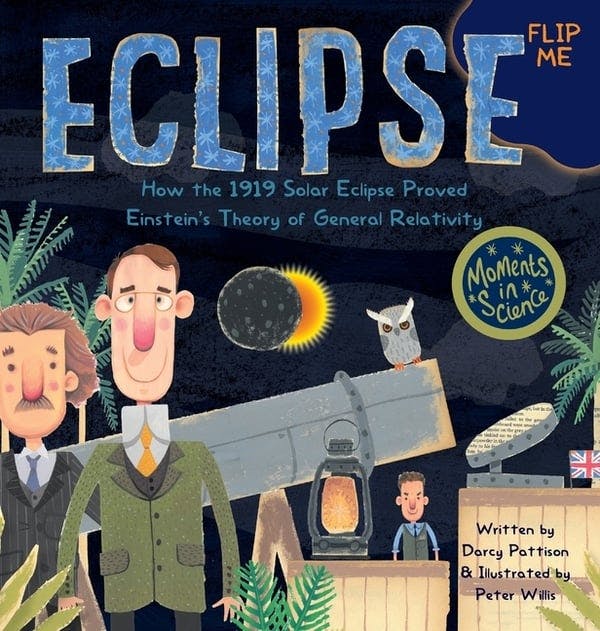
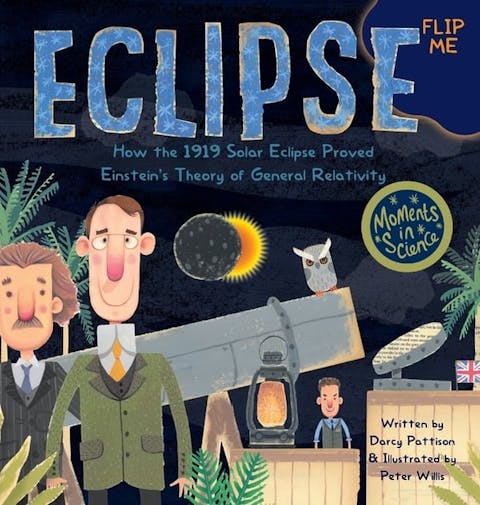
Eclipse: How the 1919 Solar Eclipse Proved Einstein's Theory of General Relativity
What's This Book About
In 1915, British astronomer Arthur Stanley Eddington was fascinated with Einstein’s new theory of general relativity. The theory talks about how forces push and pull objects in space. Einstein said that the sun’s gravity could pull and bend light.To test this, astronomers decided to photograph a solar eclipse. The eclipse would allow them to photograph the stars before and during the solar eclipse. If the star’s position moved, then it was evidence that that light had bent. Eddington and his team traveled from England to the island of Principe, just off the African coast, to photograph the eclipse. In simple language, this nonfiction illustrated picture book explains how the push (acceleration) and pull (gravity) of space affects light.Back matter includes information on Einstein, Eddington, and the original photograph of the 1919 solar eclipse.MOMENTS IN SCIENCE COLLECTIONThis exciting series focuses on small moments in science that made a difference. BURN: Michael Faraday’s Candle CLANG! Ernst Chladni’s Sound Experiments (2019 NSTA Outstanding Science Trade Book) POLLEN: Darwin’s 130 Year Prediction (Junior Library Guild selection, starred Kirkus review) ECLIPSE: How the 1919 Eclipse Proved Einstein’s Theory of General Relativity
What Kind of Book is Eclipse: How the 1919 Solar Eclipse Proved Einstein's Theory of General Relativity
Reviews
Book Lists That Include This Book
The Creatives Behind the Book
What Has Darcy Pattison Said About This Book
Nothing yet! Let Darcy Pattison know that you want to hear from them about their book.
What Has Peter Willis Said About This Book
Nothing yet! Let Peter Willis know that you want to hear from them about their book.
More Books From These Creatives
Other Books You Might Enjoy If You Liked This Book
Book Details
- ISBN
- 9781629441252
- Publication Date
- October 8, 2019
- Publisher
- Mims House
- Page Count
- 34
- Reading Age
- 4 - 8 years
- Lexile® Level
- 830L
- Est. Fountas & Pinnell Level
- ~T
- Est. ATOS® Book Level
- ~5.3
Contribute to this page
Are you the author or illustrator? Claim your book.
